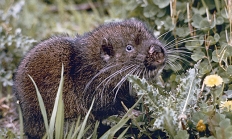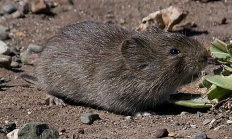Chance to comment on proposed 2026 Sport Fishing Regulations
SALEM, Ore.—ODFW will be proposing several changes to next year's Sport Fishing Regulations. The Commission will adopt 2026 regulations at their Sept. 12 meeting in Ontario. Major staff proposals for changes include: Allowing spearfishing for bass and walleye in more rivers and streams: Spearfishing…



















